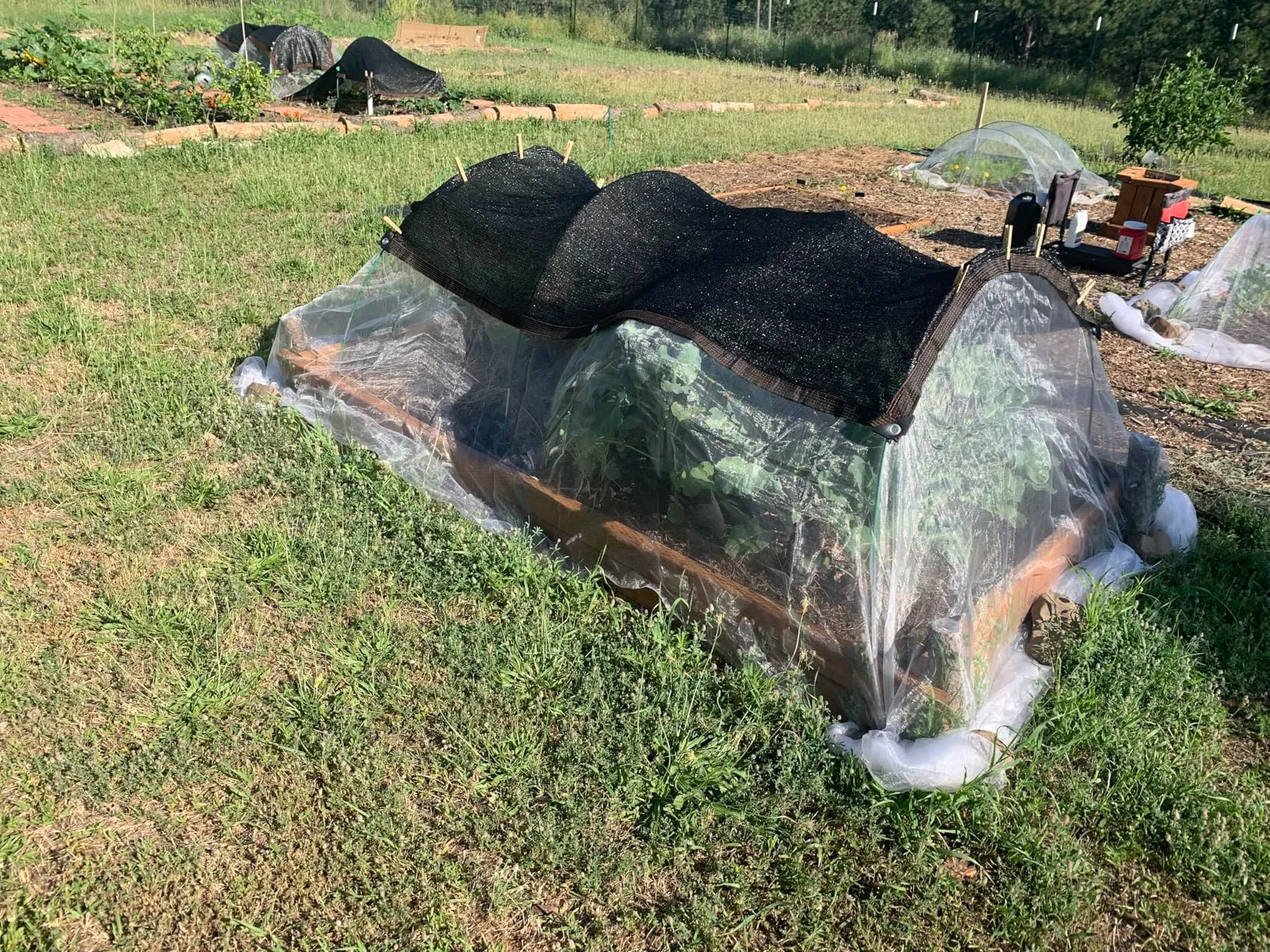-
 Afrikaans
Afrikaans -
 Albanian
Albanian -
 Amharic
Amharic -
 Arabic
Arabic -
 Armenian
Armenian -
 Azerbaijani
Azerbaijani -
 Basque
Basque -
 Belarusian
Belarusian -
 Bengali
Bengali -
 Bosnian
Bosnian -
 Bulgarian
Bulgarian -
 Catalan
Catalan -
 Cebuano
Cebuano -
 China
China -
 Corsican
Corsican -
 Croatian
Croatian -
 Czech
Czech -
 Danish
Danish -
 Dutch
Dutch -
 English
English -
 Esperanto
Esperanto -
 Estonian
Estonian -
 Finnish
Finnish -
 French
French -
 Frisian
Frisian -
 Galician
Galician -
 Georgian
Georgian -
 German
German -
 Greek
Greek -
 Gujarati
Gujarati -
 Haitian Creole
Haitian Creole -
 hausa
hausa -
 hawaiian
hawaiian -
 Hebrew
Hebrew -
 Hindi
Hindi -
 Miao
Miao -
 Hungarian
Hungarian -
 Icelandic
Icelandic -
 igbo
igbo -
 Indonesian
Indonesian -
 irish
irish -
 Italian
Italian -
 Japanese
Japanese -
 Javanese
Javanese -
 Kannada
Kannada -
 kazakh
kazakh -
 Khmer
Khmer -
 Rwandese
Rwandese -
 Korean
Korean -
 Kurdish
Kurdish -
 Kyrgyz
Kyrgyz -
 Lao
Lao -
 Latin
Latin -
 Latvian
Latvian -
 Lithuanian
Lithuanian -
 Luxembourgish
Luxembourgish -
 Macedonian
Macedonian -
 Malgashi
Malgashi -
 Malay
Malay -
 Malayalam
Malayalam -
 Maltese
Maltese -
 Maori
Maori -
 Marathi
Marathi -
 Mongolian
Mongolian -
 Myanmar
Myanmar -
 Nepali
Nepali -
 Norwegian
Norwegian -
 Norwegian
Norwegian -
 Occitan
Occitan -
 Pashto
Pashto -
 Persian
Persian -
 Polish
Polish -
 Portuguese
Portuguese -
 Punjabi
Punjabi -
 Romanian
Romanian -
 Russian
Russian -
 Samoan
Samoan -
 Scottish Gaelic
Scottish Gaelic -
 Serbian
Serbian -
 Sesotho
Sesotho -
 Shona
Shona -
 Sindhi
Sindhi -
 Sinhala
Sinhala -
 Slovak
Slovak -
 Slovenian
Slovenian -
 Somali
Somali -
 Spanish
Spanish -
 Sundanese
Sundanese -
 Swahili
Swahili -
 Swedish
Swedish -
 Tagalog
Tagalog -
 Tajik
Tajik -
 Tamil
Tamil -
 Tatar
Tatar -
 Telugu
Telugu -
 Thai
Thai -
 Turkish
Turkish -
 Turkmen
Turkmen -
 Ukrainian
Ukrainian -
 Urdu
Urdu -
 Uighur
Uighur -
 Uzbek
Uzbek -
 Vietnamese
Vietnamese -
 Welsh
Welsh -
 Bantu
Bantu -
 Yiddish
Yiddish -
 Yoruba
Yoruba -
 Zulu
Zulu
Effective Strategies for Safeguarding Crops Against Hail Damage
The Importance of Hail Protection for Plants
Hailstorms can be devastating for gardens, farms, and landscapes, causing irreversible damage to crops and ornamental plants. These violent forms of precipitation can produce ice pellets that vary in size and can fall at high speeds, often leading to significant economic losses for farmers and frustration for home gardeners. Therefore, establishing effective hail protection strategies is vital for ensuring the health and productivity of plants.
Understanding Hail Damage
Hail can cause a range of damages to plants. The impact of hailstones can bruise, tear, or completely destroy plant tissues, impairing their ability to photosynthesize and grow. Leaves may develop holes or tears, while stems and branches can be broken or stripped of bark. For farmers, this often translates into yield loss, increased susceptibility to disease, and additional costs for recovery. Even ornamental plants are not immune; the aesthetic damage from hail can reduce their beauty and lifespan, negatively affecting landscapes and floral displays.
Preventive Measures
1. Hail Netting One of the most popular and effective methods of protecting plants from hail is through the use of hail netting. This lightweight, durable material is designed to absorb the impact of hailstones. Netting can be installed over crop fields, greenhouses, or individual plants to create a protective barrier. When properly secured, hail netting can significantly minimize damage while still allowing sunlight and rain to reach the plants.
plant hail protection

2. Structural Protections For larger agricultural operations or sensitive plants, erecting physical structures such as hoop houses or shade structures could provide a more robust solution. These structures are typically made from materials like plastic or metal and can shield plants from various weather elements, including hail. While they may require a higher initial investment, the long-term benefits of crop protection often outweigh the costs.
3. Plant Selection and Placement Selecting hail-resistant plant varieties can also be a beneficial strategy. Some plants are naturally more resilient to hail, featuring tougher leaves or a more robust structure. Additionally, placing susceptible plants in areas with natural windbreaks, such as trees or hills, can reduce exposure to hail.
4. Cover Crops Using cover crops can improve soil health and enhance the resilience of main crops. They can provide a physical barrier against the elements and help retain moisture, potentially reducing the overall impact of hail. Cover crops also improve soil structure, which can support better plant growth when hail does occur.
5. Timely Response After a hail event, swift action is crucial. Inspecting plants for damage immediately can help determine if any interventions are necessary. Pruning damaged limbs or treating bruised plants can often mitigate the long-term effects of hail damage. Applying appropriate fertilizers and watering can help distressed plants recover more quickly.
Conclusion
Hail protection is an essential aspect of modern agriculture and gardening. As climate change leads to increased weather variability, including more frequent and severe hailstorms, the need for effective protective strategies becomes increasingly critical. By employing methods like hail netting, structural protections, thoughtful plant selection, and rapid response to damage, both farmers and gardeners can enhance their ability to withstand hail and protect their valuable plants. The investment in protective measures not only fosters healthier plants but also promises economic stability and a flourishing landscape in the face of nature’s unpredictable challenges. Taking the proactive steps outlined above can ensure that plants thrive, even in the harshest of weather conditions.
-
Why Nylon Mesh Netting is Revolutionizing Industrial and Commercial ApplicationsNewsJun.13,2025
-
Reinventing Reliability with Construction Wire MeshNewsJun.13,2025
-
Protect Your Crops with High-Performance Agricultural Netting SolutionsNewsJun.13,2025
-
Premium Breeding Net Solutions for Modern AquariumsNewsJun.13,2025
-
Precision Filtration Solutions for Industrial and Commercial NeedsNewsJun.13,2025
-
Advanced Industrial Mesh Solutions for Every ApplicationNewsJun.13,2025











